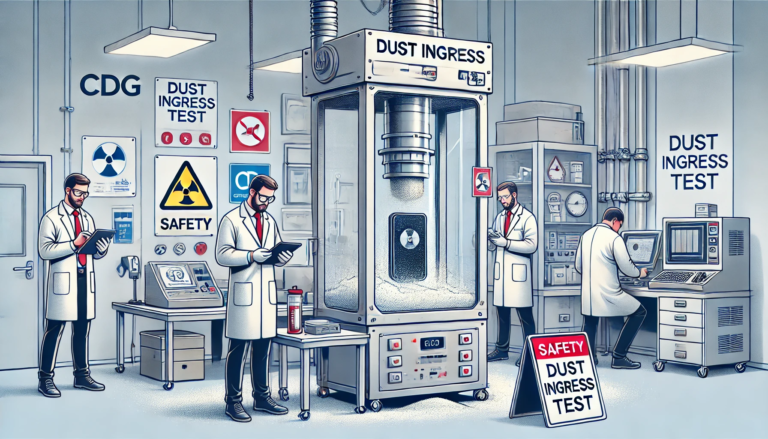In today’s technology-driven world, ensuring that electronic devices can withstand harsh environments is crucial. This is where the Ingress Protection (IP) rating system comes into play, helping consumers and manufacturers understand how well a device can handle dust and water exposure. Among the various IP ratings, IP65 and IP66 are two commonly discussed levels of protection. But what exactly sets them apart? Let’s dive into the details.
Introduction to IP Ratings
The IP rating system, defined by the international standard IEC 60529, classifies the degree of protection provided by enclosures against the intrusion of solid objects (like dust) and liquids (like water). Each rating consists of two digits: the first digit denotes protection against solid objects, while the second digit indicates protection against liquids.
IP65: Dust Tight and Protected Against Water Jets
Protection Against Dust (6): The ‘6’ in IP65 signifies that the device is completely dust-tight. This means no dust can enter the enclosure, ensuring that the internal components remain free from dust-related damage and contamination.
Protection Against Water Jets (5): The ‘5’ indicates that the device is protected against water jets from any direction. This is achieved by testing the device under a water jet from a nozzle with a pressure of 30 kPa, ensuring it remains functional and dry inside.
Applications of IP65: Devices with an IP65 rating are commonly used in outdoor and industrial environments where exposure to dust and water jets is likely. Examples include outdoor lighting fixtures, industrial control panels, and exterior electrical enclosures.
IP66: Enhanced Protection Against Water and Dust
Protection Against Dust (6): Similar to IP65, the ‘6’ in IP66 also denotes complete protection against dust ingress. The device remains dust-tight, safeguarding internal components.
Protection Against Powerful Water Jets (6): The ‘6’ in IP66 means that the device is protected against powerful water jets. This rating is more stringent than IP65, as it involves testing under more intense conditions. Devices are subjected to powerful jets of water with a pressure of 100 kPa, and they must remain unaffected by this exposure.
Applications of IP66: Devices with an IP66 rating are used in environments with more severe water exposure. Examples include marine equipment, high-pressure cleaning systems, and outdoor electronic devices that face extreme weather conditions.
Key Differences Between IP65 and IP66
Water Protection Level: The primary difference lies in their water protection levels. IP66 offers a higher level of protection against water ingress compared to IP65. While IP65 can handle water jets, IP66 can withstand more powerful water jets.
Environmental Suitability: IP66-rated devices are suitable for harsher environments where exposure to strong water jets is common. On the other hand, IP65-rated devices are adequate for scenarios with moderate water exposure but not extreme conditions.
Practical Tips for Choosing the Right IP Rating
Assess the Environment: Evaluate the environmental conditions where the device will be used. For moderate water exposure and dust, IP65 is typically sufficient. For environments with strong water jets or severe weather, IP66 is the better choice.
Consider Device Longevity: Higher IP ratings often correlate with increased protection, which can enhance the longevity and reliability of your equipment. Investing in an IP66 rating may save costs on maintenance and replacements in demanding environments.
Verify Manufacturer Specifications: Always check the manufacturer’s specifications and testing standards to ensure that the IP rating meets your specific needs and conditions.
Understanding the difference between IP65 and IP66 is essential for selecting the right protection level for your devices. While both ratings offer excellent dust protection, IP66 provides superior resistance to powerful water jets. By considering the environmental conditions and specific requirements of your applications, you can make informed decisions and ensure the longevity and reliability of your equipment.


